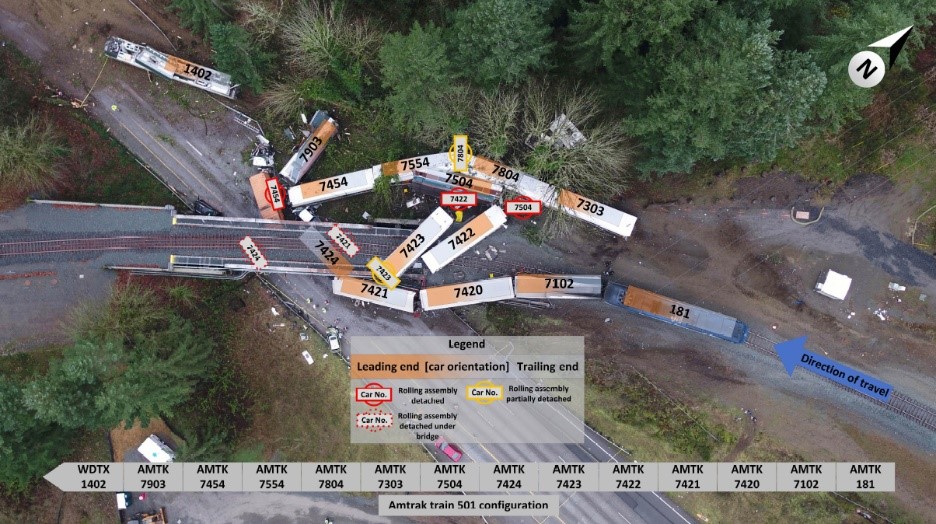With the approach of the 2019-20 ski season, skiers are well advised to look closely at the language of liability waivers so as to understand what can be expected in the event of snow sport injury to you, skiers. As the language gets more specific, injured participants may be left to deal with the costs of their injuries on their own.
A San Francisco Chronicle op-ed piece from last ski season, written by a former New York Times correspondent, reports on the liability waiver he encountered at Vail Resorts’ Tahoe venue. The waiver releases Vail Resorts from any and all liability for injury by any cause and means, even if the injury is the result of fault or negligence on the part of the resort, its equipment or its employees.
(https://www.sfchronicle.com/opinion/openforum/article/The-new-ski-package-Surrender-your-rights-first-13410070.php)
The SFC piece tells the story of the 2011 injury to a woman on a lift at Keystone Mountain Resort in Colorado. The woman’s boot was wedged between snow and the chairlift, and though the operator slowed the lift, he did not stop it, which caused her femur to fracture.
In 2018, the skier filed an appeal in the US Court of Appeals for the 10th Circuit against Vail Summit Resorts, Inc. The court dismissed her claims of negligence, not because the resort was without fault, but because she had signed the waiver. In their final ruling, the court concluded, “…the waiver [she] signed before participating in her ski lesson, as well as the waiver contained on the back of her lift ticket, are enforceable and bar her claims against [Vail].”
Over the last fifty years, resolution of injury liability at resorts has ricocheted between the Assumption-of-Risk Doctrine (volenti non fit injuria – to a willing person, no injury is done) and the award of settlements large and small. As the language of waivers gets more specific and airtight, however, the award of damages may become a thing of the past, and all risks may lie only with the skiers.
In 2008, Hayes+Associates, Inc., was retained to analyze the biomechanical causation of a snowboarding injury at the Mountain Creek Resort in New Jersey. Five years earlier, a snowboarder fell and sustained a minor injury to his arm while snowboarding but continued to snowboard for several more runs. Later, as he boarded a ski lift, the operator let go of the lift, causing it to swing, and a vertical metal rail impacted him on the right elbow. He was diagnosed at the Emergency Room with a fractured elbow, which was treated surgically with a screw and wire fixation.
A month later, the snowboarder slipped and fell on ice, re-fracturing the compromised elbow. The screw was removed and a metal plate inserted, along with multiple screws. In September 2005, having fallen again some weeks before, the man revisited the doctor. His options at this point were reasonably good function and some discomfort for life, or a third surgery. Six months later, unwilling to live with pain and limitation, the snowboarder opted for surgery, which this time involved hardware removal and a bone grafting procedure. The post-operative diagnosis was that the elbow is and will remain compromised.
Seeking restitution, the man retained Mark W. Davis of Stark & Stark, PC, Lawrenceville, NJ (https://www.stark-stark.com). In late 2008, the firm retained a team from H+A to review the case, reconstruct conflicting accounts of how the injury occurred, and provide testimony on who was at fault. H+A Associate Erik D. Power, P.E., and CEO Wilson C. “Toby” Hayes, Ph.D., analyzed the case facts and the expert testimony of two MDs retained by the defense who claimed that it was the snowboarding fall before the ski lift impact that injured the plaintiff’s elbow.
Using the fundamental laws of physics, including calculations of the impact forces and established thresholds and mechanism for elbow injury, the H+A team determined that the original fall did not involve forces sufficient to fracture the elbow, but that the impact with the metal rail of the ski lift did and thus was the direct cause of the fracture.
Though many snow sport injury cases at the time were dismissed based on signed waivers releasing legal rights, the Plaintiff’s case against Mountain Creek Resort settled for an undisclosed amount before going to trial.
Hayes+Associates, Inc. (http://www.hayesassoc.com) is an expert witness and consulting firm based in Corvallis, OR. The company brings more than 75 years of collective experience in academic research, university teaching and forensic testimony to practice areas that include vehicle collisions, premises safety, slips and falls, products liability, worker safety, sports and recreation, patent litigation and criminal matters.





